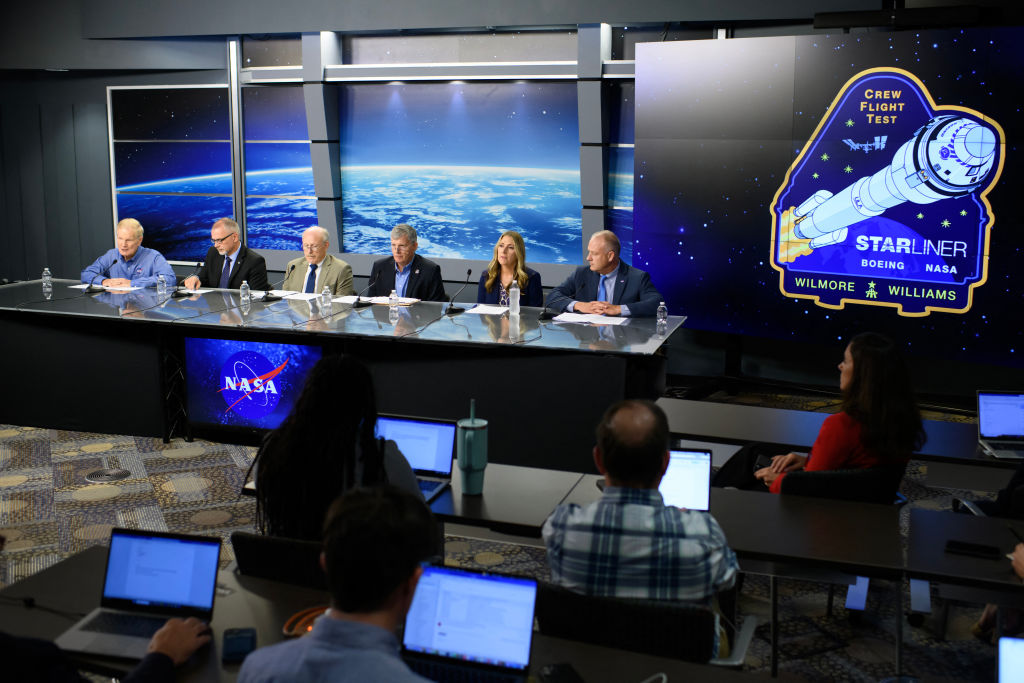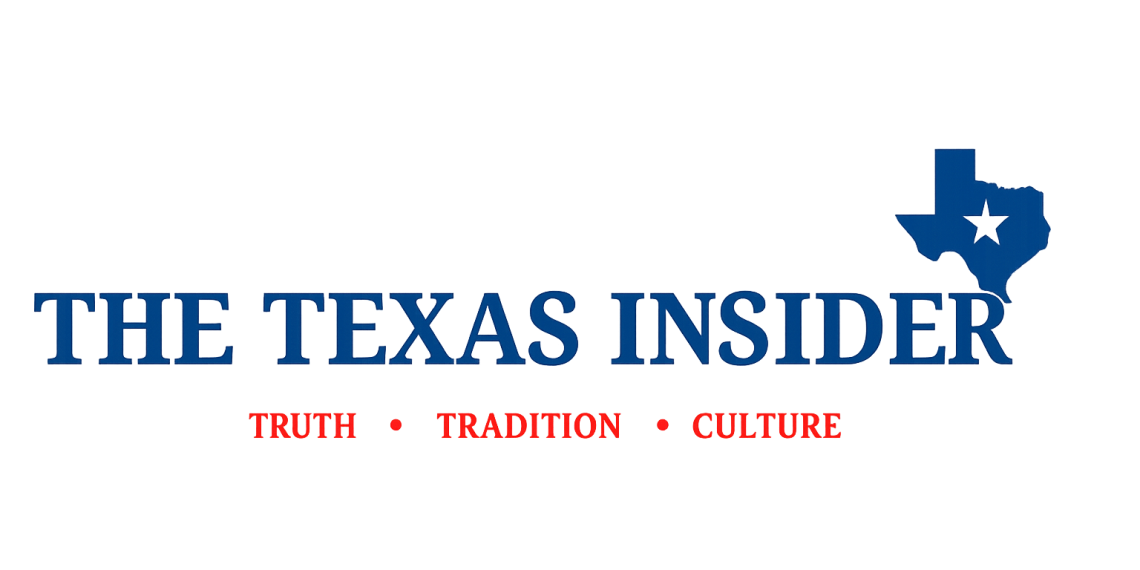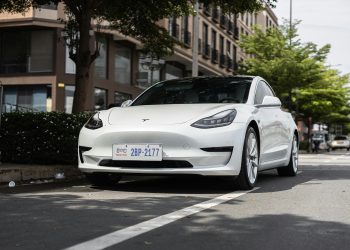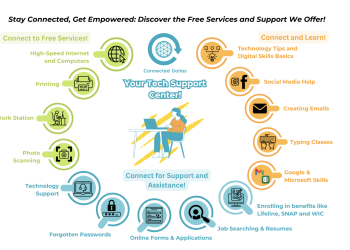NASA made a controversial decision to bring Boeing’s Starliner spacecraft back to Earth without astronauts, highlighting ongoing concerns over the spacecraft’s propulsion issues. Originally, Starliner was set to fly NASA astronauts Butch Wilmore and Suni Williams to and from the International Space Station (ISS).
However, unresolved problems with the thruster system prompted NASA to revise its plan, opting to bring the astronauts home via SpaceX’s Crew-9 mission instead, scheduled for February 2025.

“There was some tension in the room,” said Steve Stich, NASA’s program manager for the commercial crew program, describing the discussions that led to the decision. Speaking at a teleconference on September 4, Stich explained that Boeing was confident in their thruster degradation model, but NASA’s team saw limitations. “It came down to whether we could trust the thrusters’ performance, particularly during the critical undocking and deorbit burn phases,” he said.
Starliner is now set to return to Earth on September 7 after departing the ISS without astronauts a day earlier, concluding a mission that began with the spacecraft’s first crewed flight on June 5. Initially planned as a 10-day mission, the test flight was extended to allow for further analysis and troubleshooting.
The mission faced significant issues early on, including a docking malfunction on June 6 when five of Starliner’s 28 reaction control system thrusters failed. While extensive space and ground tests were conducted to identify the root cause—possibly related to thruster overheating and insulation shedding—NASA ultimately deemed it too risky to attempt the return of astronauts aboard the spacecraft.
“Boeing understands their spacecraft well,” Stich acknowledged, but noted that NASA operates under different risk parameters. The space agency’s decision to divert astronauts to Crew Dragon emphasized the need to prioritize safety. Boeing’s commercial crew manager, Mark Nappi, did not directly comment on the meeting but reiterated that Boeing remains committed to the safety of both crew and spacecraft. “We are preparing the spacecraft for a safe and successful uncrewed return,” Boeing said in a statement on August 24.
The Crew-9 mission, which was adjusted to accommodate the Starliner delay, will now launch with only two astronauts instead of four. NASA astronaut Nick Hague has been promoted to commander, joined by Roscosmos cosmonaut Aleksandr Gorbunov. NASA astronauts Zena Cardman and Stephanie Williams, originally slated for the mission, have been reassigned for future flights.
As for Starliner, following its undocking, the spacecraft will likely perform additional propulsion tests, including several “hot fires” to gather more data on the thruster system. “We’ll do a slightly modified departure,” ISS program manager Dana Weigel said, explaining the plan to execute a breakout burn maneuver to quickly distance Starliner from the space station. This will also offer more insight into the ongoing thruster concerns, particularly as the spacecraft’s service module—which houses the problematic thrusters—will burn up during re-entry.





